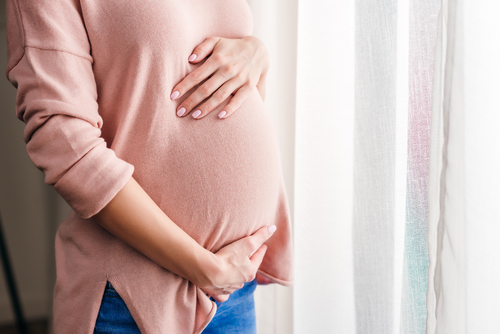The United States rates number 30 of 31 countries for maternal death rates according to the World Health Organization (WHO). This means that the US has a higher maternal death rate than 29 other industrialized countries, including Greece, Switzerland, Sweden, Ireland, Norway, Spain, and Italy.
The US maternal death rate is around 8 per 100,000, which may not seem like much until you consider that Greece has a maternal death rate of 1 per 100,000. By that standard, the WHO would agree that considering the medical knowledge we have today, we are failing miserably at keeping childbearing women in the US safe.
Differences in Maternity Care
Why would a country that is so advanced in technology and medicine have such a huge problem with the death of women during pregnancy and birth? The answer to that question may be in the difference between our maternity care system and that of countries with lower death rates.
In the US, the majority of maternity care is handled by Obstetricians and Gynecologists (OBGYNs), who are trained surgeons, and tend to take a much more “hands on” approach to pregnancy and birth, called active management. Home births in the US are considered rare and midwives are a minority.
In general, those countries with lower maternal death rates have a maternity care system which utilizes midwives and the midwife model of care as the standard for pregnancy and birth.
The majority of births take place at home or in some other out of hospital setting, and hospitals and surgeons are reserved for special circumstances and emergency situations; this means that they have lower intervention rates overall including fewer inductions, epidurals, forceps and vacuum assisted deliveries, episiotomies, and cesarean sections.
Problems with Reporting
The US system for reporting maternal deaths is a major problem when it comes to figuring out why US deaths are happening at a higher rate. While the US has a standard death certificate that includes the pregnant or postpartum status of a woman of childbearing years, states are not required to use it, and in fact many of them do not.
The CDC puts out a small booklet each year with statistics on maternal death in the US, but also concludes that the maternal death rate in the United States could be as much as 3 times higher than recorded.
Some studies suggest that the United State’s high intervention and high cesarean rates play a role in the high maternal death rate. Poor nutrition and higher obesity rates could possibly contribute to more cases of gestational diabetes and preeclampsia.
Another problem that is often cited is uninsured individuals. We really can not be sure without a good system in place to report exactly why each woman has died surrounding pregnancy, birth, or postpartum. Overall, those countries with low maternal death rates treat pregnancy and birth as a natural physiological process of the body, while the United States has largely been treating it as a medical “condition” that needs to be treated and cured.
Changing the Standard of Care
If the maternal death rate in the US alarms you as much as it does me, there are some things that you can do about it. Seek out the care of a midwife whenever possible, even when you are not pregnant. Most midwives are trained in all aspects of well-woman care.
Gain knowledge and do your research about the difference between OBGYN care and Midwifery care, including the risks involved with interventions. Get involved with your local and/or state midwifery association to promote midwifery care as the ideal for low risk pregnancy and birth.
One way to change the state of maternity care in the United States is to shift the demand to the midwives model of care and away from excessive interventions and cesarean sections.




